What to put on ground in shady townhouse garden?
jbrooklyn
9 years ago
Featured Answer
Sort by:Oldest
Comments (21)
Yardvaark
9 years agojbrooklyn
9 years agoRelated Professionals
Glen Ellyn Landscape Architects & Landscape Designers · Finneytown Landscape Architects & Landscape Designers · Buford Landscape Contractors · Williamsburg Landscape Contractors · Bridgeview Landscape Contractors · Cedar Hill Landscape Contractors · Galt Landscape Contractors · Saint George Landscape Contractors · Stony Brook Landscape Contractors · Tigard Landscape Contractors · Waltham Landscape Contractors · Whittier Landscape Contractors · Tomball Decks, Patios & Outdoor Enclosures · Huntsville Swimming Pool Builders · Sacramento Swimming Pool BuildersYardvaark
9 years agojbrooklyn
9 years agoYardvaark
9 years agoemmarene9
9 years agoYardvaark
9 years agojbrooklyn
9 years agoYardvaark
9 years agojbrooklyn
9 years agojbrooklyn
9 years agoYardvaark
9 years agokitasei
8 years agofloral_uk z.8/9 SW UK
8 years agokitasei
8 years agomad_gallica (z5 Eastern NY)
8 years agofloral_uk z.8/9 SW UK
8 years agojbrooklyn
7 years agojbrooklyn
7 years agolittlebug zone 5 Missouri
7 years ago
Related Stories
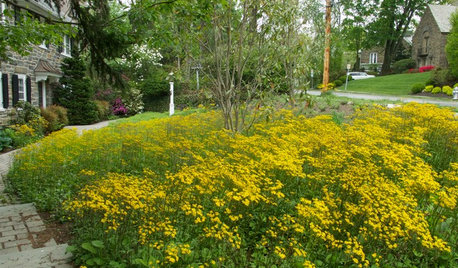
GARDENING GUIDESPackera Aurea Puts On a Springtime Show in Sun or Shade
This vigorous native ground cover welcomes bees with its early-blooming flowers and makes an attractive lawn alternative
Full Story
GROUND COVERSGround Force: 10 Top Ground Covers for Your Garden
Protect your soil from weeds and drought this summer with a living mulch of ground covers
Full Story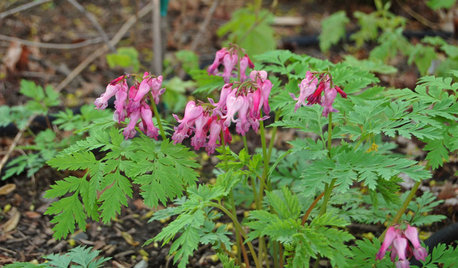
GARDENING GUIDESGreat Design Plant: Dicentra Eximia Brightens Shady Gardens
This North American bleeding heart species blooms from spring to fall and welcomes bees and hummingbirds
Full Story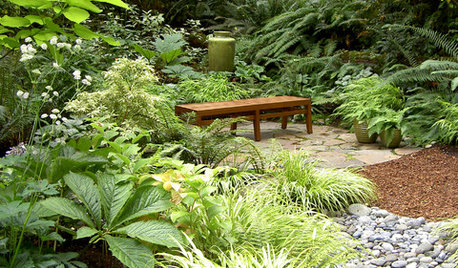
GARDENING GUIDESGreat Garden Combo: 6 Beautiful Plants for a Shady, Wet Site
Transform a shade garden with moisture-loving golden grasses, textural leaves and a sprinkling of flowers
Full Story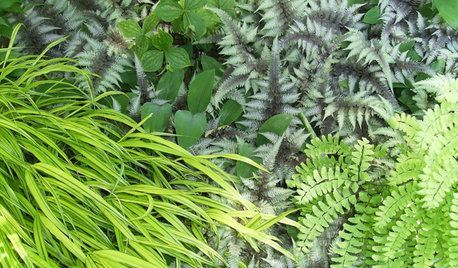
GARDENING GUIDES6 Fantastic Ferns to Enliven Shady Garden Spots
For long-term interest with little upkeep in challenging conditions, ferns might just be your garden's new best friend
Full Story
GARDENING GUIDESYes, You Can Grow Food in a Shady Yard
Your shady garden doesn’t have to be forever barren. Berries, herbs and other shade-loving plants can produce a delicious bounty
Full Story
GARDENING GUIDES6 Dependable Ground Covers for Warm Climates
Swap some lawn for these drought-tolerant clumping plants — and watch your maintenance efforts diminish while they easily grow
Full Story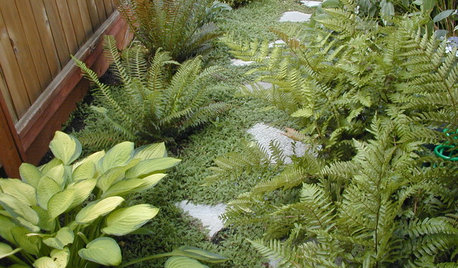
LANDSCAPE DESIGN6 Great Ways With Garden Ground Covers
Use them as problem solvers, weed killers, color and texture providers ... ground cover plants have both practical and visual appeal
Full Story
GARDENING GUIDES5 Unsung Wildflowers That Thrive in Dry Shade
Turn shady problem spots into garden idylls with with these prolific, easy-care bloomers
Full Story
GARDENING GUIDESGreat Design Plant: Bugle Weed, a Quick Ground Cover
It’s highly adaptable, suppresses weeds, reduces erosion and provide weeks of bright flowers. Just watch for invasiveness
Full Story





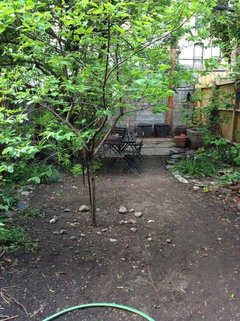






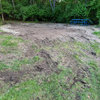
jbrooklynOriginal Author